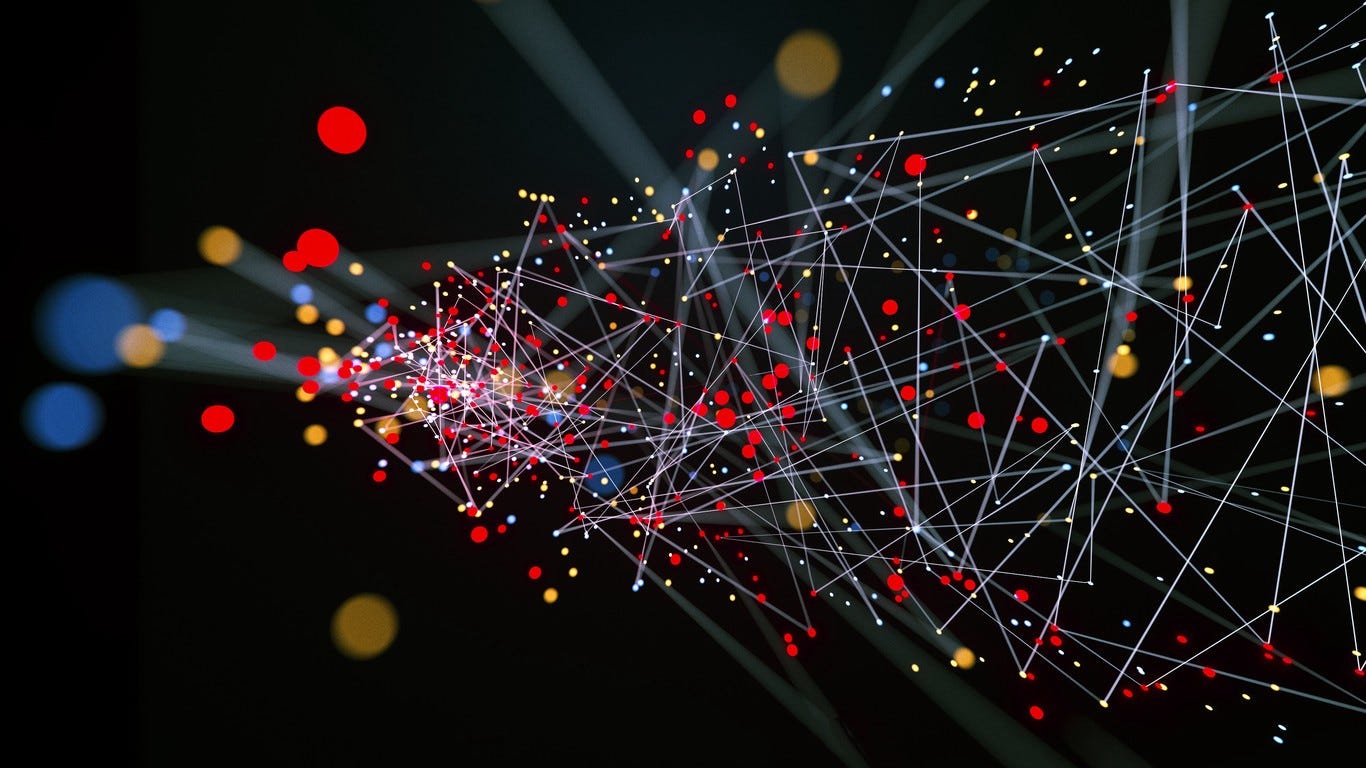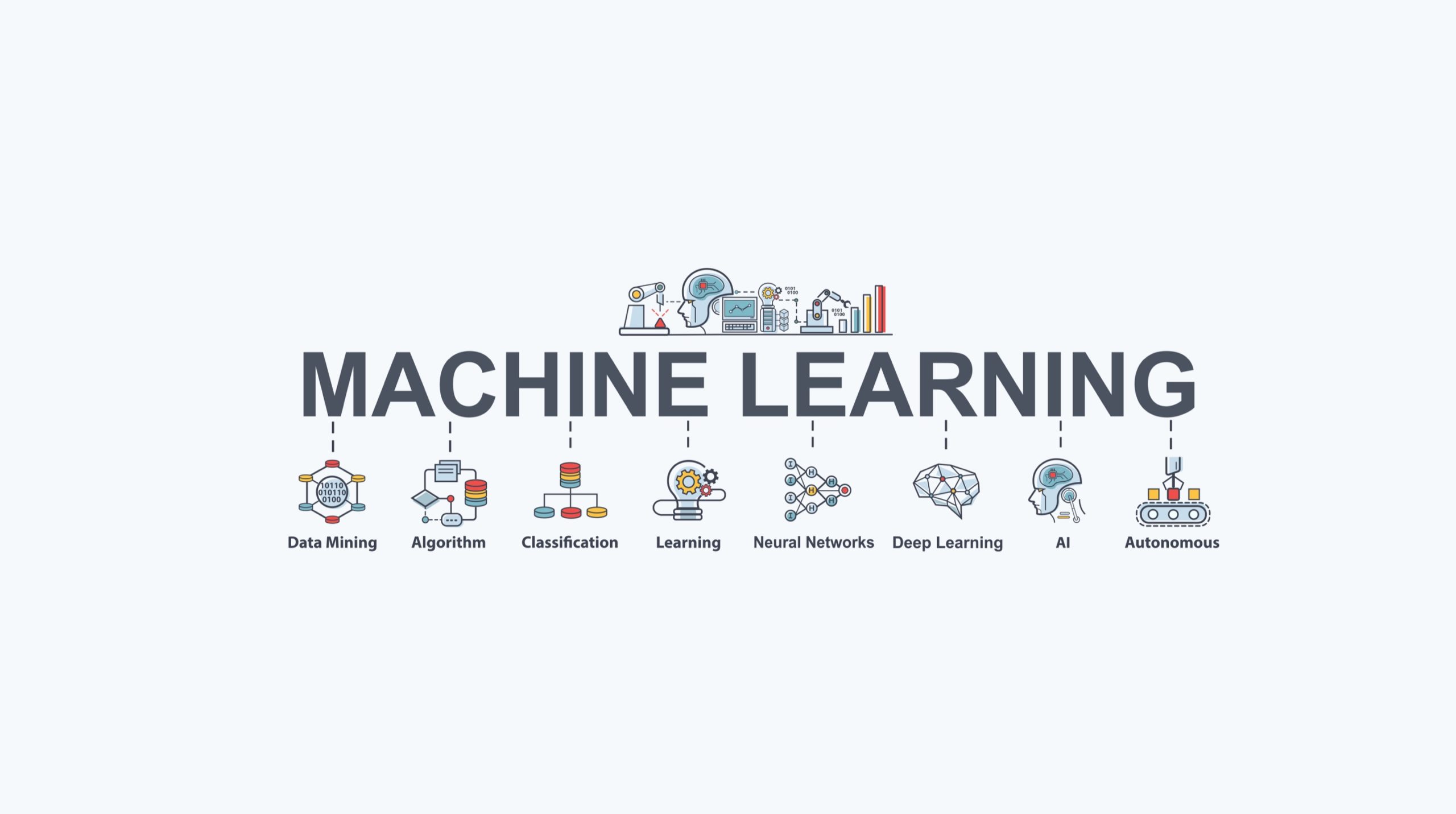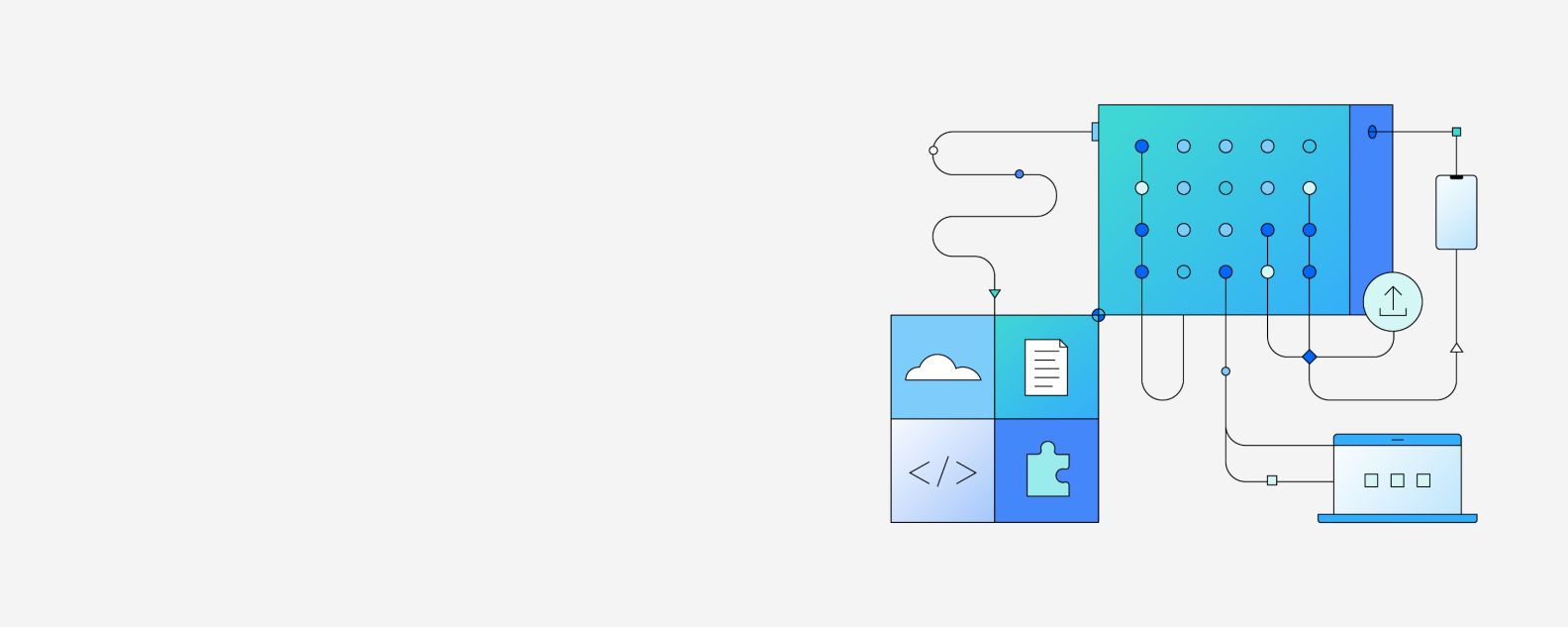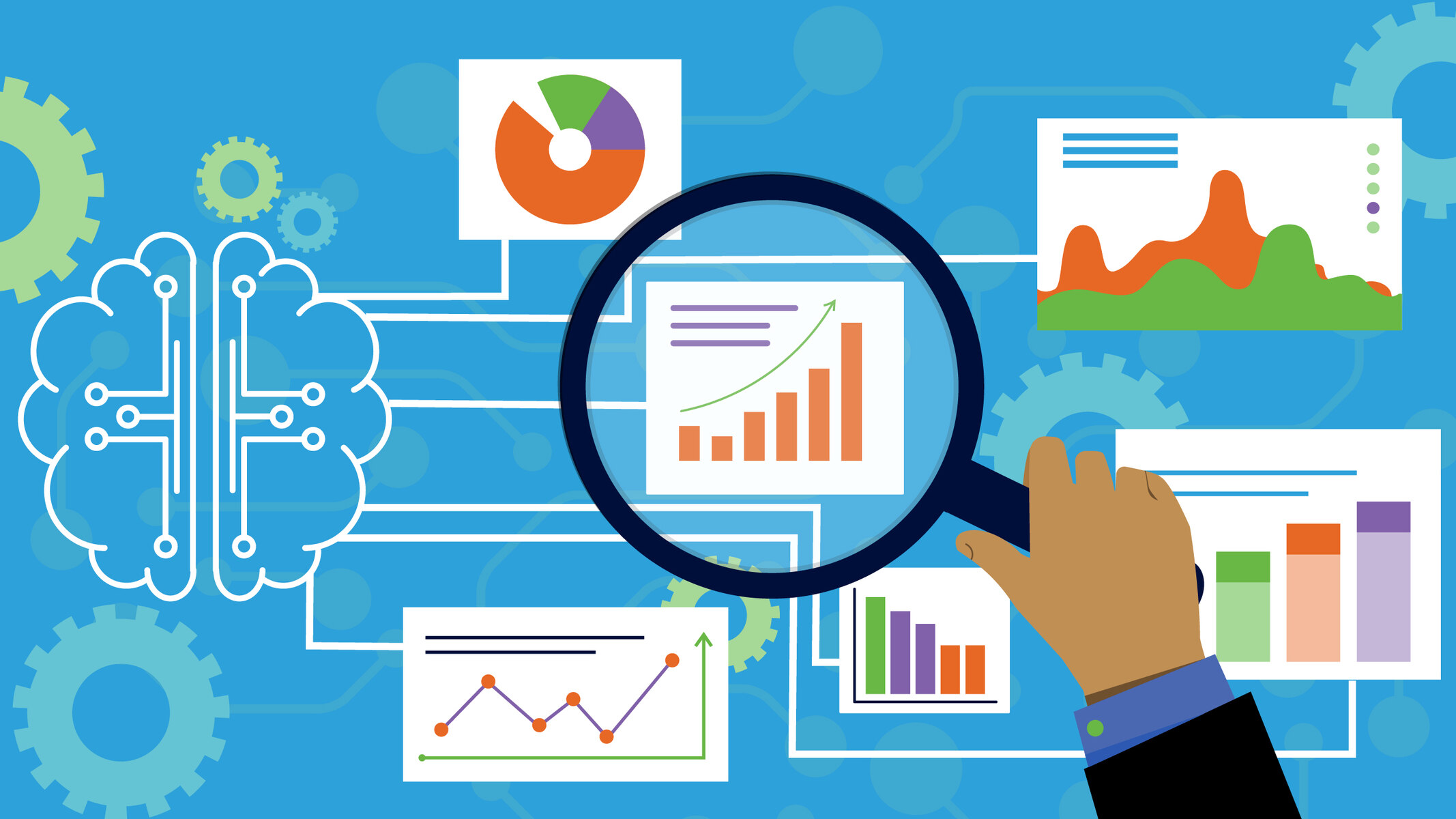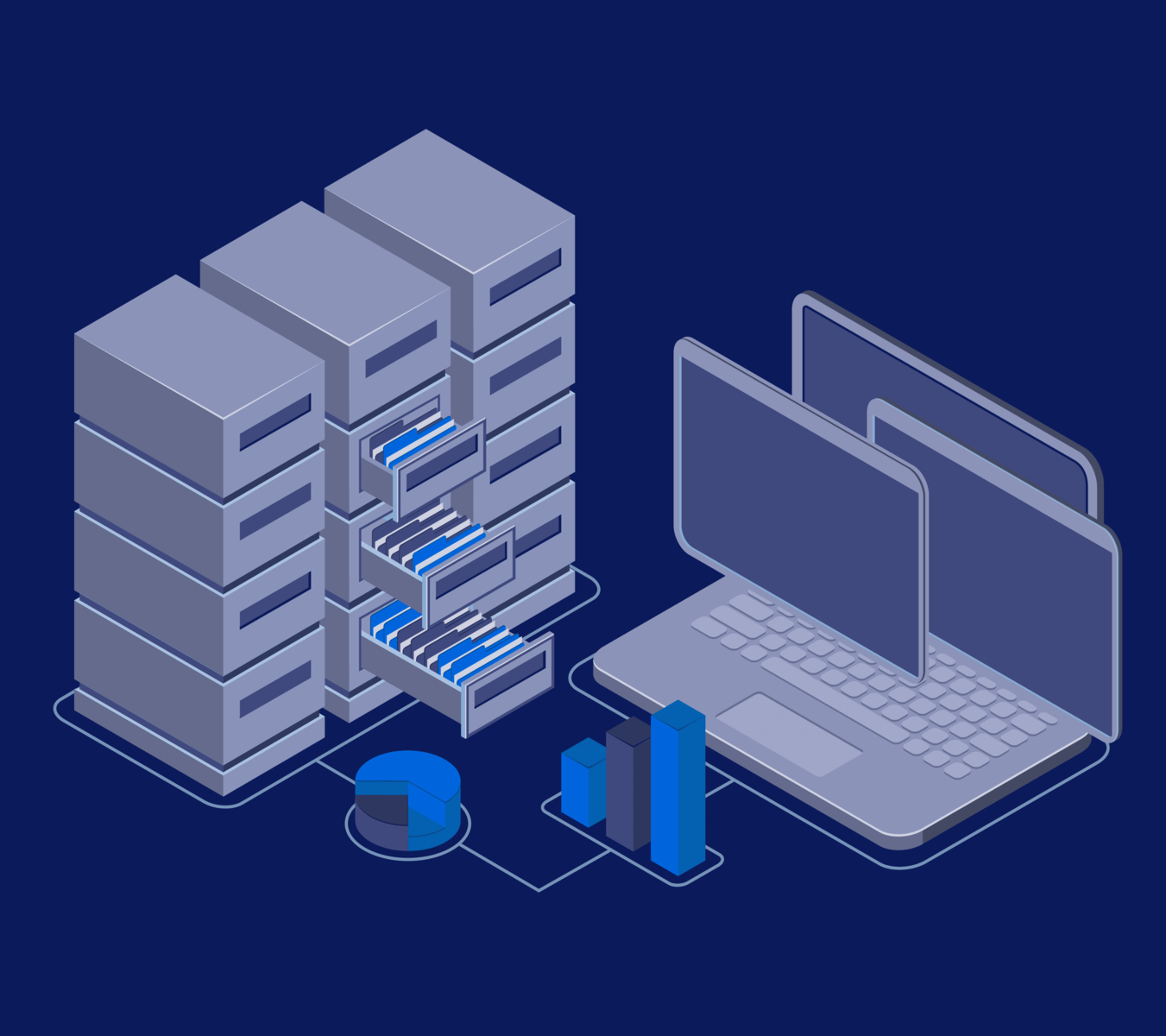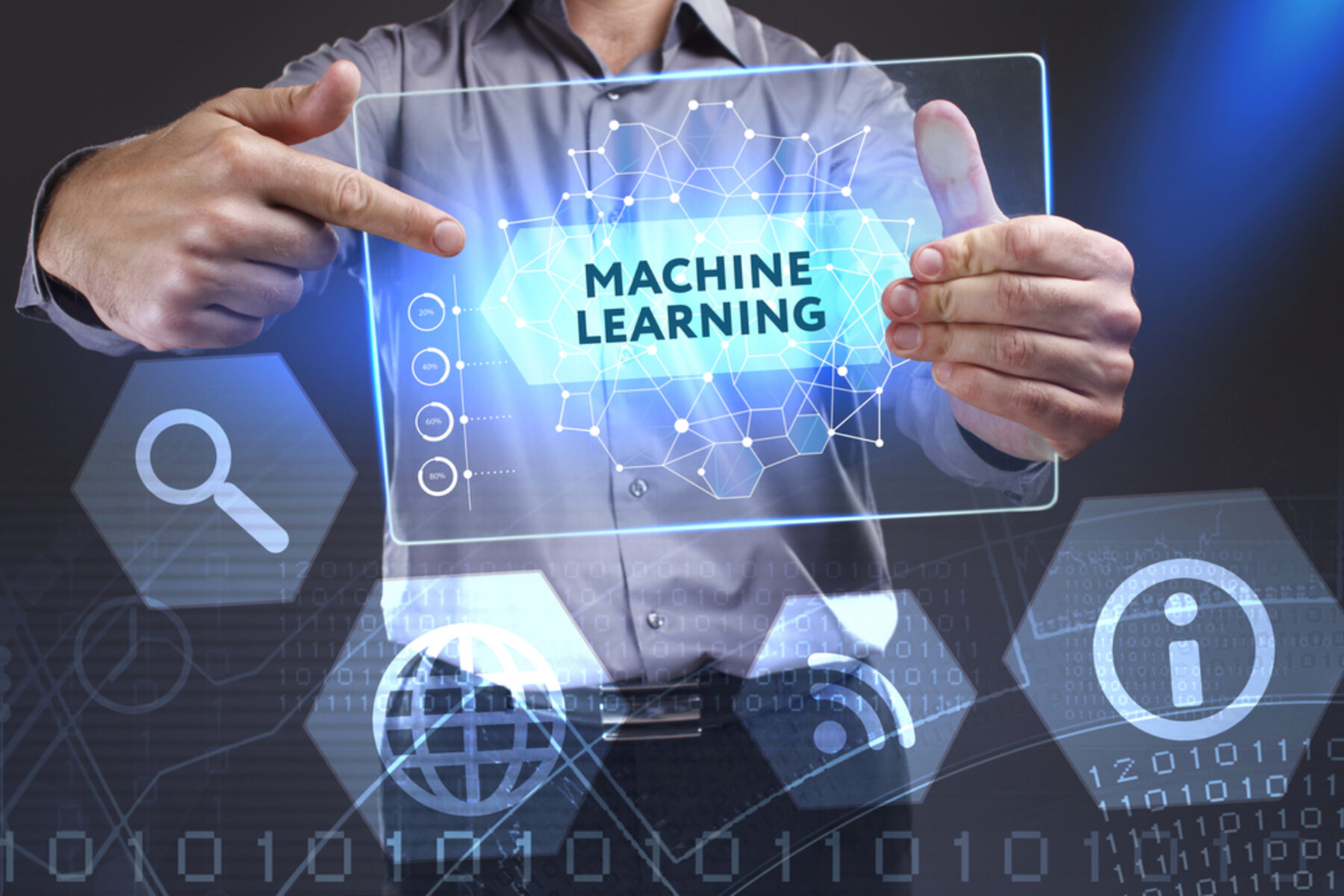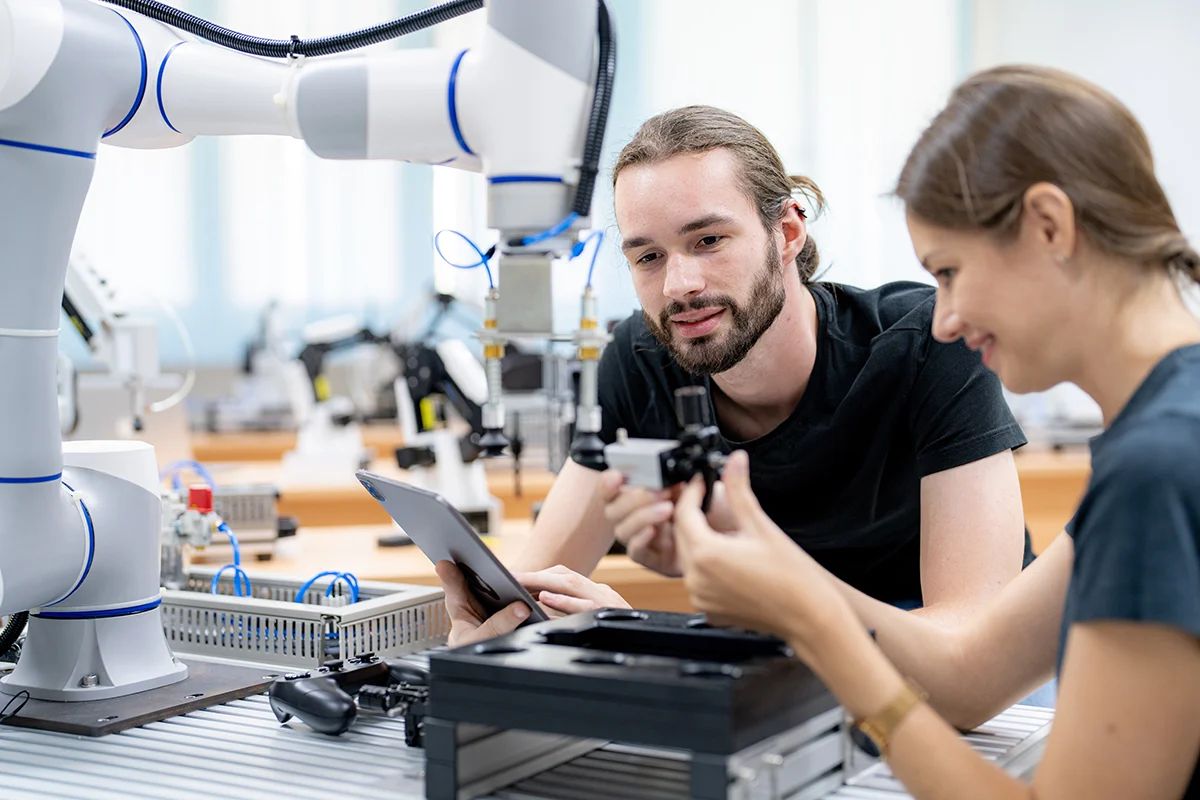Introduction
Welcome to the exciting world of machine learning, where algorithms and models are constantly evolving to push the boundaries of what is possible. One term that you may come across in this field is “SOTA,” which stands for State-of-the-Art. In the realm of machine learning, SOTA refers to the best-performing model or algorithm that achieves the highest accuracy or provides the most advanced functionality.
Machine learning has witnessed remarkable progress in recent years, enabling us to accomplish tasks that were once deemed impossible. However, with the constant emergence of new methodologies and algorithms, keeping up with the latest advancements can be a challenge. This is where SOTA comes into the picture. SOTA serves as a benchmark and reference point for researchers, practitioners, and enthusiasts to understand the cutting-edge techniques and models that surpass previous achievements.
Moreover, SOTA acts as a driving force that motivates researchers to push the boundaries even further. It represents the current state of progress in a particular research area or problem domain and allows for comparisons and evaluations. By striving to achieve SOTA, researchers and developers can improve upon existing methods and continuously advance the field.
While SOTA is a term widely used in the machine learning community, it is not limited to any specific subfield. Whether it’s natural language processing, computer vision, or reinforcement learning, SOTA exists in various domains and encompasses a wide range of applications. Regardless of the specific problem or task at hand, researchers aim to design models and algorithms that outperform existing methods and establish new benchmarks for performance.
In this article, we will explore what SOTA means in the context of machine learning, its importance, the challenges involved in achieving it, and the techniques and evaluation metrics associated with SOTA. We will also delve into real-world applications where SOTA has made significant contributions. So, let’s dive into the fascinating world of SOTA and its implications in machine learning!
What is SOTA in Machine Learning?
SOTA, which stands for State-of-the-Art, refers to the best-performing model or algorithm in a specific task or research area within machine learning. It represents the most advanced and cutting-edge approach that achieves the highest accuracy or provides exceptional functionality.
In the ever-evolving landscape of machine learning, new models, algorithms, and techniques are constantly being developed. SOTA serves as a benchmark or reference point that defines the current state of progress in a specific domain. It allows researchers, practitioners, and enthusiasts to understand and compare the latest advancements.
SOTA is not a fixed or permanent concept. As new breakthroughs and innovations occur, the definition of SOTA evolves, and new benchmarks are set. Achieving SOTA in a particular problem or task is a significant accomplishment that signifies a novel approach, surpassing previous methods in terms of performance or capabilities.
One of the primary reasons behind the prominence of SOTA in machine learning is the ever-increasing demand for improved models and algorithms. With the availability of vast amounts of data and computational resources, researchers are constantly aiming to develop models that are more accurate, efficient, and adaptable to real-world challenges.
By striving to achieve SOTA, researchers and developers aim to push the boundaries of what is possible. They constantly seek to build upon existing methodologies, enhance model architectures, and experiment with advanced techniques to achieve better results. This pursuit of SOTA drives the progress of machine learning, fostering innovation and fostering healthy competition within the field.
SOTA is not limited to any specific subfield or application within machine learning. Whether it’s natural language processing, computer vision, recommendation systems, or reinforcement learning, SOTA exists in various domains. It encompasses a wide range of tasks, including image recognition, speech processing, anomaly detection, sentiment analysis, and more.
Overall, SOTA represents the state-of-the-art and showcases the latest advancements in machine learning. It plays a significant role in guiding research and development efforts, enabling the community to continuously improve models, algorithms, and techniques. Achieving SOTA signifies a major breakthrough and sets the stage for further advancements in the field.
Importance of SOTA in Machine Learning
The concept of SOTA holds immense importance in the field of machine learning, serving as a driving force for advancements and innovation. Let’s explore why SOTA is so crucial in machine learning:
1. Benchmark for Progress: SOTA provides a benchmark or reference point to measure the progress made in a specific research area or problem domain. It allows researchers, practitioners, and enthusiasts to compare the performance of different models and algorithms. By striving to achieve SOTA, researchers can evaluate their work and determine how it compares to the state-of-the-art, providing insights into areas that need improvement.
2. Stimulates Innovation: SOTA acts as a catalyst for innovation and pushes researchers to explore new ideas and approaches. By constantly striving to surpass existing benchmarks, researchers are motivated to develop novel algorithms, techniques, and architectures. This pursuit of achieving SOTA fosters a culture of innovation within the machine learning community, leading to breakthroughs and advancements in the field.
3. Encourages Collaboration and Knowledge Sharing: SOTA serves as a common ground for researchers, practitioners, and enthusiasts to exchange knowledge, techniques, and best practices. It encourages collaboration and facilitates the sharing of ideas and insights. By building upon the work of others, researchers can collectively advance the state-of-the-art more rapidly, fostering a collaborative and open-minded approach towards problem-solving.
4. Drives Research and Development: SOTA plays a pivotal role in guiding research and development efforts within the machine learning community. Researchers are often motivated to build upon existing methodologies, pushing the boundaries of what is possible. The pursuit of achieving SOTA drives the development of new algorithms, models, and techniques, leading to enhanced performance and functionality in various application domains.
5. Enables Practical Applications: SOTA serves as a bridge between theoretical advancements and practical applications. By constantly pushing the boundaries, researchers are able to develop models and algorithms that are more accurate, efficient, and adaptable for real-world scenarios. This enables the deployment of machine learning systems that can provide valuable insights, automate tasks, and make informed decisions across industries and domains.
Overall, SOTA plays a vital role in fueling progress and innovation within the field of machine learning. It provides a benchmark for performance evaluation, stimulates creativity, fosters collaboration, drives research and development, and enables practical applications that have a profound impact on various industries and societal challenges.
Challenges in Achieving SOTA
While achieving SOTA in machine learning can be highly rewarding, it is not without its challenges. Let’s explore some of the key obstacles researchers face when striving to achieve SOTA:
1. Data Availability and Quality: One of the primary challenges in achieving SOTA is the availability and quality of data. SOTA models often require large amounts of high-quality, labeled data to learn complex patterns and make accurate predictions. However, obtaining such datasets can be time-consuming, expensive, and, in some cases, even impossible due to privacy or ethical considerations.
2. Computational Resources: Another significant challenge is the need for substantial computational resources to train and fine-tune SOTA models. These models often have complex architectures and require extensive computations, which may exceed the capabilities of standard hardware. Access to high-performance hardware, such as GPUs or TPUs, is crucial for efficient training and experimentation.
3. Model Complexity and Interpretability: Achieving SOTA often involves using increasingly complex models, such as deep neural networks. While these models can provide highly accurate predictions, they can be challenging to interpret and understand. Ensuring interpretability and explainability of SOTA models is crucial to gain trust and deploy them in real-world applications.
4. Algorithmic Innovation: Achieving SOTA requires continuous algorithmic innovation. Researchers need to come up with novel techniques, architectures, or optimization methods to improve performance. Developing innovative algorithms often involves extensive trial and error, experimentation, and a deep understanding of the problem domain, which can be a time-consuming and iterative process.
5. Generalization and Robustness: SOTA models should not only perform well on the training data but also generalize to unseen data and remain robust in real-world scenarios. Ensuring that a model can handle variations in input data, such as noise, outliers, or changes in distribution, is a significant challenge. It requires careful consideration of regularization techniques, data augmentation strategies, and validation procedures to avoid overfitting and ensure generalization.
6. Reproducibility and Comparison: SOTA models often build upon previous work, making it essential to ensure reproducibility and fairness in comparisons. Reproducing published results, especially when access to code and datasets is limited, can be challenging. Transparent reporting of all experimental details and hyperparameters is crucial for researchers to accurately compare and evaluate the merits of different models.
7. Time and Resource Constraints: Researching and achieving SOTA requires a significant investment of time, resources, and expertise. Researchers often face time and resource constraints due to funding limitations, conflicting priorities, or tight deadlines. Balancing the pursuit of SOTA with other commitments can be a challenge, slowing down the overall progress in achieving new benchmarks.
Despite these challenges, researchers are continuously working towards overcoming these obstacles and pushing the boundaries of what is possible in machine learning. Collaboration, resource-sharing, and the development of standardized benchmarks can help address these challenges and foster further advancements in the field.
Techniques for Achieving SOTA
Achieving SOTA in machine learning requires a combination of innovative techniques, optimization strategies, and problem-specific approaches. Let’s explore some of the key techniques that researchers employ to push the boundaries and achieve the state-of-the-art:
1. Advanced Model Architectures: Designing novel model architectures is a common technique used to achieve SOTA. Researchers experiment with deep neural networks, such as convolutional neural networks (CNNs), recurrent neural networks (RNNs), and transformers, to capture complex patterns and dependencies in the data. These architectures can have multiple layers, attention mechanisms, and skip connections to improve performance.
2. Transfer Learning and Pre-training: Transfer learning involves leveraging knowledge from pre-trained models on large-scale datasets. By fine-tuning these models on task-specific datasets, researchers can achieve better performance with smaller amounts of labeled data. This technique reduces the need for extensive training from scratch and can provide an effective boost in achieving SOTA, especially in domains with limited labeled data.
3. Data Augmentation: Data augmentation involves generating additional training data by applying various transformations, such as rotation, cropping, scaling, or adding noise. By augmenting the dataset, researchers can increase its diversity, improve the model’s ability to generalize, and achieve better performance. Data augmentation is particularly beneficial when the available labeled data is limited.
4. Hyperparameter Optimization: Tuning the hyperparameters of a model is crucial for achieving SOTA. Researchers explore different combinations of hyperparameters, such as learning rate, batch size, regularization techniques, and activation functions, through systematic grid search, random search, or more advanced optimization algorithms like Bayesian optimization. Fine-tuning these hyperparameters can significantly impact the model’s performance.
5. Regularization Techniques: Regularization methods, such as dropout, weight decay, or batch normalization, are employed to prevent overfitting and improve generalization. These techniques introduce constraints or modifications during the training process to reduce the model’s sensitivity to the training data. Regularization helps achieve better performance on unseen data and enhances the model’s ability to handle noise and variations.
6. Ensemble Methods: Ensemble methods combine the predictions of multiple models to improve overall performance. Researchers train multiple models with different initializations or architectures and aggregate their predictions using techniques like voting or weighted averaging. Ensemble methods can reduce bias, increase robustness, and enhance the generalization capabilities of a model, often resulting in SOTA performance.
7. Optimization Algorithms: Selecting the right optimization algorithm is crucial for training a model to achieve SOTA. Researchers experiment with gradient descent variants, such as Adam or RMSprop, to efficiently update the model’s parameters. Additionally, advanced optimization techniques, like second-order methods or meta-learning approaches, can be employed to improve convergence speed and avoid local optima.
8. Domain-specific Techniques: Depending on the problem domain, researchers may employ domain-specific techniques to achieve SOTA. For instance, in computer vision, techniques like attention mechanisms, spatial transformers, or GANs (Generative Adversarial Networks) are commonly used. In natural language processing, methods like word embeddings, transformers, or sequence-to-sequence models are prevalent. These techniques leverage the characteristics of the specific domain to achieve optimal performance.
By combining these techniques and constantly exploring new ideas, researchers can advance the state-of-the-art in machine learning. It is a continuous process of experimentation, iteration, and innovation, driven by the pursuit of pushing the boundaries of what is possible in various domains and applications.
Evaluation Metrics for SOTA
Evaluation metrics play a crucial role in assessing and comparing the performance of machine learning models, including those aiming for SOTA. These metrics quantify the model’s effectiveness, accuracy, and suitability for specific tasks. Let’s explore some commonly used evaluation metrics for measuring SOTA in machine learning:
1. Accuracy: Accuracy is one of the most fundamental evaluation metrics widely used in machine learning. It measures the percentage of correct predictions made by a model on a given dataset. While accuracy provides a general overview of the model’s performance, it may not be suitable for imbalanced datasets or certain tasks, such as anomaly detection.
2. Precision and Recall: Precision and recall are evaluation metrics commonly used in binary classification tasks. Precision represents the fraction of true positive predictions out of all positive predictions, while recall measures the fraction of true positive predictions out of all actual positive instances. These metrics are particularly useful in cases where false positives or false negatives have different consequences.
3. F1 Score: The F1 score is a weighted combination of precision and recall, providing a balanced evaluation metric that considers both true positives and false positives. It is the harmonic mean of precision and recall, indicating the overall performance of a model in binary classification tasks. The F1 score is useful when there is an imbalance between positive and negative instances in the dataset.
4. Mean Average Precision (mAP): mAP is a popular evaluation metric in object detection and image retrieval tasks. It measures the accuracy of locating objects or retrieving similar images by considering precision at various recall levels. The mAP summarizes the model’s performance across different object categories or query images, providing a comprehensive measure of its effectiveness.
5. Mean Squared Error (MSE): MSE is commonly used in regression tasks to evaluate the closeness of predicted values to the ground truth. It calculates the average of the squared differences between predicted and actual values. A lower MSE value indicates better performance, with predictions closer to the true values. However, MSE may not be suitable for all regression tasks, especially when outliers are present.
6. Area Under the Curve (AUC): AUC is an evaluation metric used in binary classification tasks to measure the overall performance of a model’s classification predictions. It represents the ability of a model to distinguish between positive and negative instances, considering various decision thresholds. A higher AUC score indicates better discrimination and superior performance.
7. Mean Average Precision at K (mAP@K): mAP@K is commonly used in information retrieval tasks, such as search engines or recommendation systems. It evaluates the relevance of the top-K predictions made by a model compared to the ground truth. The mAP@K provides insights into the model’s ability to retrieve relevant results within the top-K predictions, reflecting its effectiveness in real-world scenarios.
It is essential to choose the appropriate evaluation metric based on the task, dataset characteristics, and specific requirements. Evaluating a model based on multiple metrics provides a more comprehensive understanding of its performance and suitability for achieving SOTA in different domains and application areas.
Real-World Applications of SOTA in Machine Learning
The advancements in machine learning and the pursuit of achieving SOTA have led to significant breakthroughs in various real-world applications. Let’s explore some of the major domains where SOTA models have made a profound impact:
1. Computer Vision: SOTA models have revolutionized computer vision tasks, such as object detection, image classification, and image segmentation. Convolutional neural networks (CNNs) like ResNet, Inception, and EfficientNet have achieved remarkable accuracy in classifying and recognizing objects in images and videos. Object detection models like Faster R-CNN and YOLO have pushed the boundaries of real-time, accurate object detection.
2. Natural Language Processing (NLP): SOTA models have significantly improved language understanding and generation tasks. Models like BERT, GPT-3, and Transformer have revolutionized NLP, achieving state-of-the-art performance in tasks like sentiment analysis, text summarization, machine translation, and question-answering systems. These models have greatly enhanced human-like language capabilities and enabled more efficient and effective communication systems.
3. Speech Recognition and Language Processing: SOTA models have transformed the way we interact with voice assistants and speech recognition systems. Deep neural networks, such as recurrent neural networks (RNNs) and transformers, have made significant advancements in automatic speech recognition (ASR) tasks, improving accuracy and enabling real-time, robust speech recognition. Language processing models have also enhanced natural language understanding and intent recognition in dialogue systems.
4. Healthcare: SOTA models have had a significant impact on the healthcare industry. They have been leveraged for diagnosing diseases from medical images, improving accuracy and efficiency of disease detection. Furthermore, SOTA models enable predictive analytics to identify potential health risks, personalize treatment plans, and support drug discovery processes. Machine learning models also play a crucial role in clinical decision support systems, aiding healthcare professionals in making well-informed decisions.
5. Autonomous Vehicles: Achieving SOTA in machine learning has been instrumental in the development of autonomous vehicles. Deep learning models using computer vision techniques have enabled accurate object detection and recognition on the roads, improving the safety and reliability of autonomous driving systems. SOTA models have enhanced perception, mapping, and decision-making capabilities, paving the way for widespread adoption of autonomous vehicles in the near future.
6. Financial Services: SOTA models have revolutionized the financial industry. Machine learning algorithms are employed for fraud detection, risk assessment, credit scoring, algorithmic trading, and personalized financial recommendations. These models can analyze vast amounts of financial data in real-time, enabling efficient decision-making, fraud prevention, and customer-centric services.
7. Environmental Monitoring: SOTA models aid in environmental monitoring and conservation efforts. They can process satellite imagery, sensor data, and historical records to analyze and predict climate patterns, monitor deforestation, track wildlife populations, and detect environmental anomalies. These models provide valuable insights and contribute to sustainable practices, helping to address environmental challenges.
These are just a few examples of how SOTA models have made significant contributions across various domains. Machine learning’s advancements and the pursuit of achieving SOTA continue to push the boundaries, enabling innovative solutions, improving efficiency, and transforming industries.
Conclusion
The concept of State-of-the-Art (SOTA) in machine learning represents the pinnacle of achievement, pushing the boundaries of what is possible in terms of accuracy, functionality, and performance. SOTA serves as a benchmark, guiding researchers, practitioners, and enthusiasts to understand and improve upon existing methodologies and models.
Achieving SOTA requires relentless innovation, skillful techniques, and a deep understanding of problem domains. Researchers employ advanced model architectures, transfer learning, data augmentation, hyperparameter optimization, and other specialized techniques to improve the performance of machine learning models.
Assessing the performance of SOTA models relies on a range of evaluation metrics. Accuracy, precision, recall, F1 score, mean squared error, and area under the curve are just a few metrics commonly used to measure the effectiveness and suitability of models for specific tasks.
SOTA has an immense impact on real-world applications across various domains. From computer vision to natural language processing, healthcare to autonomous vehicles, SOTA models have revolutionized industries, enabling advancements in diagnosis, recommendation systems, image recognition, speech processing, and more.
The pursuit of achieving SOTA in machine learning is ongoing as researchers continuously strive to improve algorithms, optimize models, and address challenges such as data availability, computational resources, and generalization. Collaboration, knowledge sharing, and reproducibility are crucial for progress in the field.
As machine learning continues to evolve, SOTA serves as a guiding light, inspiring researchers and practitioners to push the limits of what is possible. With each new breakthrough and benchmark surpassed, SOTA paves the way for further advancements, benefiting industries, society, and humanity as a whole.







